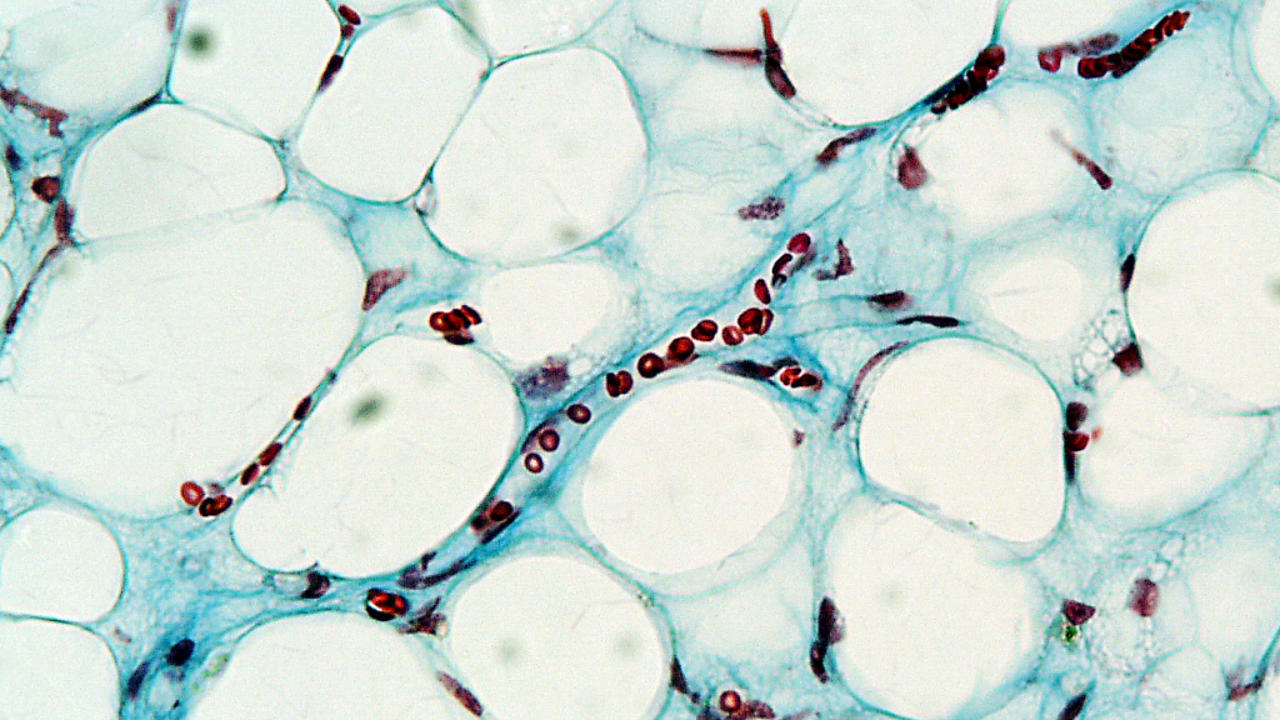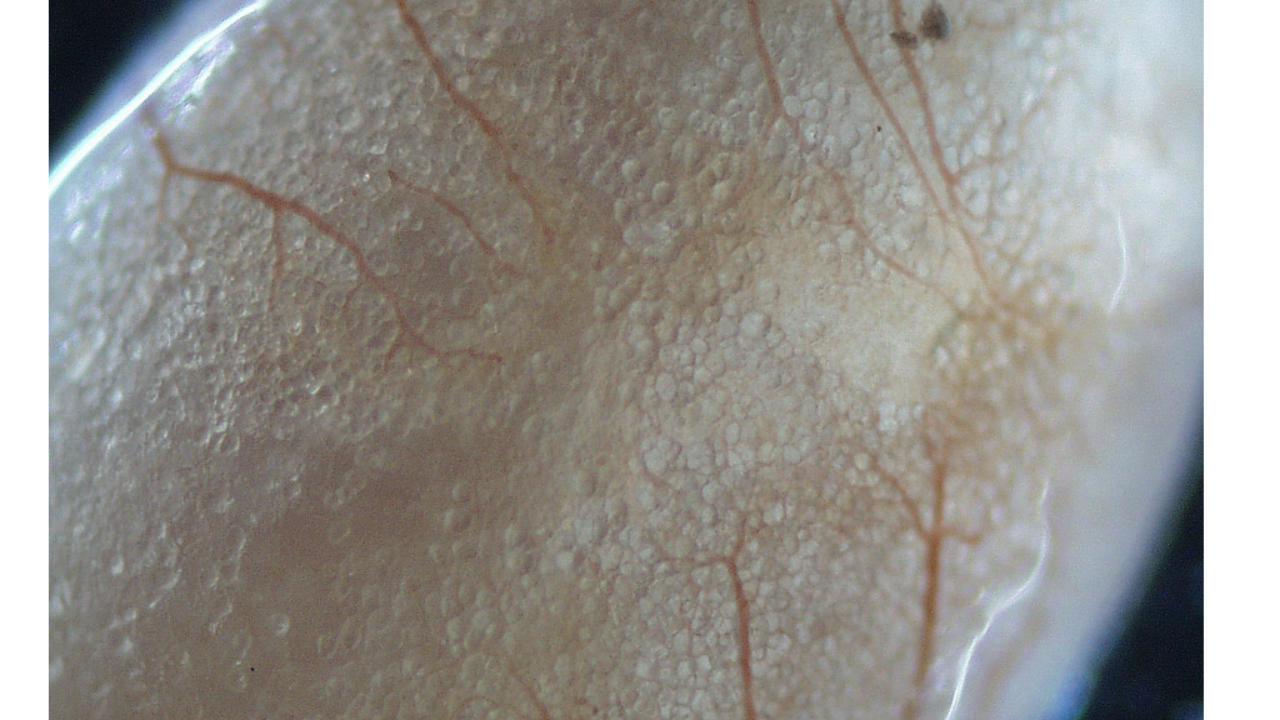Resorption is a natural phenomenon. Lipofilling or fat grafting removes subcutaneous fat with gentle liposuction. Small pieces of fat are removed and disrupted from their blood supply.
In order to survive, transplanted tissue needs to be revascularized. Injected fat initially survives through a process called "plasmatic imbibition": the cells "drink" fluid or plasma from the environment in order to survive.
This process of plasmatic imbibition lasts for 24 hours and after that new vessels start to grow from the environment towards the transplanted cells (vessel sprouting). The moment new, young vessels reach the transplanted cells they are revascularized with transport of oxygen and nutrients.
Part of the transplanted cells will be revascularized too late and will die (necrotize). The cells that didn't make it will be discarded by the body or will confluence into cysts. This is resorption.
The resorption rate in fat grafting varies from 20 to 80%. Smoking is responsible for high resorption rate as nicotine constricts the vessels and diminishes the sprouting of new vessels.


